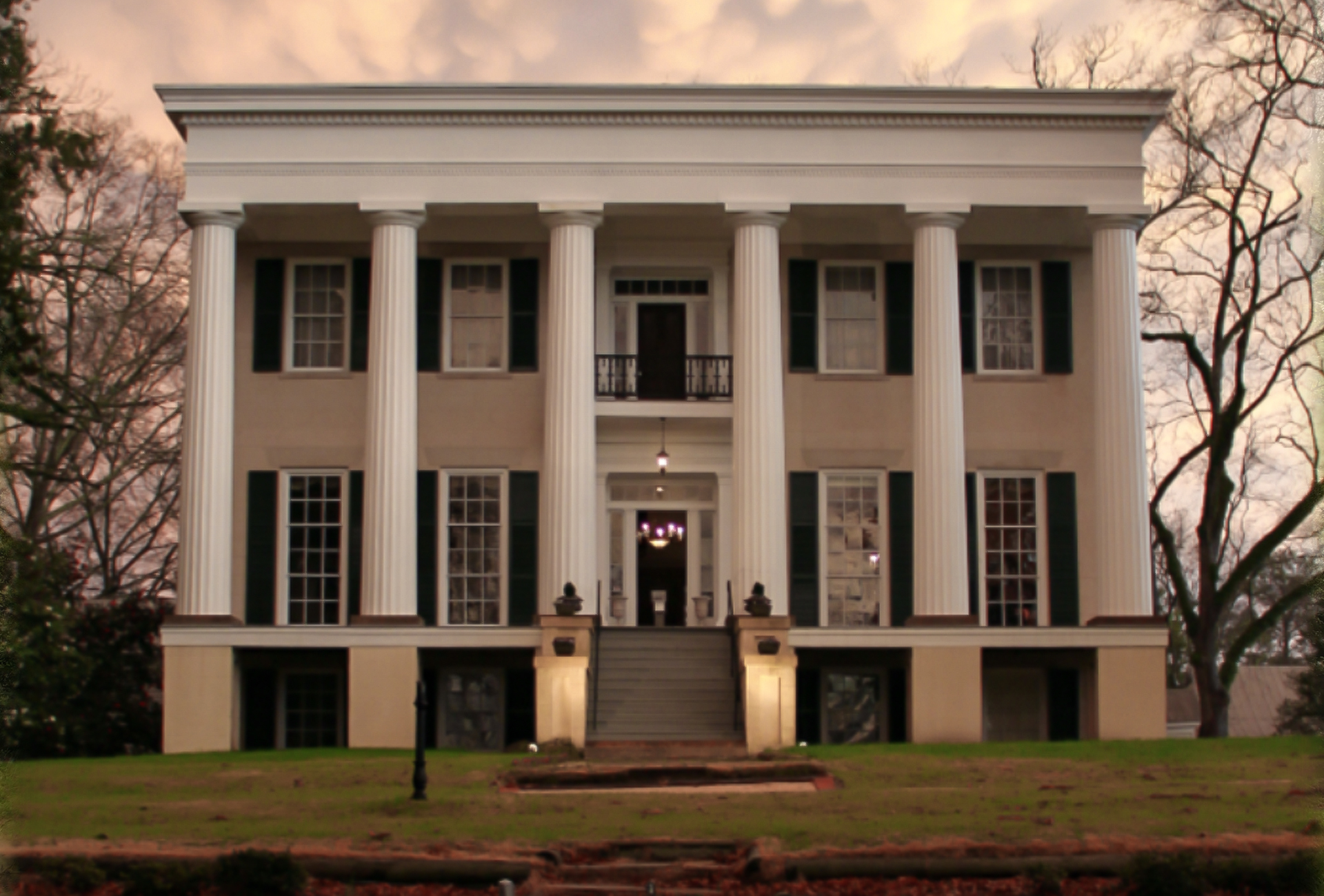Rose Hill
About Rose Hill
Prior to the present Rose Hill’s construction in 1852, another house with the same name stood on the exact site. It was a two-story wooden structure built by R.J. Nichols, an entrepreneur from Connecticut. Nichols named the house Rose Hill as there was an abundance of Cherokee Roses growing on the property. When Nichols died unexpectedly in 1849, he had failed to make a will and because he had numerous business ventures with multiple investors, his entire estate became tied up in litigation that took two years to unravel. Ultimately, Rose Hill and the 100 acres on which it sat were put on the auction block. On 6 January 1851, a wealthy plantation owner named Daniel Reece Tucker purchased the property for $5,500. Three weeks later the house burned to the ground. Tucker immediately began rebuilding and completed the present day Rose Hill in 1852.
After Tucker’s death in 1879, the property passed to his daughter Emma Tucker Sibley and later to Dr. T.O. Powell. In 1886, it became the home of the George & Fannie Hammond Hollinshead family. In 1928, it was sold to the Reginald Hatcher family.
The Hatchers renamed the house Lockerley (spelled in the British manner), after an estate in Hampshire, England that was said to be the ancestral home of Mrs. Hatcher’s family. The Hatchers completed a number of renovations and improvements to the property including expansion of the landscape. In 1963, the house and grounds were sold to Edward J. Grassmann, owner of American Industrial Clay and Georgia Kaolin companies. The house remained in the hands of the Kaolin industry and was used as a corporate retreat and guest house for out-of-town clients until being purchased by the Arboretum in 1998.

National Register For Historic Places
Rose Hill was listed in the National Register of Historic Places in April 2017 as an excellent and intact example of the Greek Revival style and the Georgian house type in Baldwin County. The Greek Revival style was the first architectural style to appear statewide in Georgia, and while the style is expressed through many variations, Rose Hill embodies almost all of its identifying features.
Rose Hill’s stucco clad exterior, prominent columns supporting a full-width porch, the wide plain entablature, heavy proportions, symmetrical front façade, low-pitched hipped roof, and double-hung six-over-six windows are all indicative of the style. Rose Hill also exemplifies the Georgian house type through its two-story, square-shaped plan with a central hallway flanked by pairs of rooms and four interior chimneys. The house retains a high degree of exterior and interior integrity, with the last significant changes occurring in 1963, when bathrooms were added within each of the upstairs bedrooms. Historic interior materials include plaster walls, hardwood floors, pocket doors, mahogany doors, and marble and wooden mantels. Stairs and baseboards feature faux marbling, while most door and window surrounds have faux graining. Several of the associated outbuildings and structures are good examples of household ancillary resources, such as the vegetable crib, pit garden, and koi pond.
Tours
Guided tours of Rose Hill are available on Saturdays, March 1 – November 15.
Tours are $5 per person and begin every hour, on the hour. The last tour begins at 3pm.
Call the office at 478-452-2112 if you are interested in scheduling a group tour.
